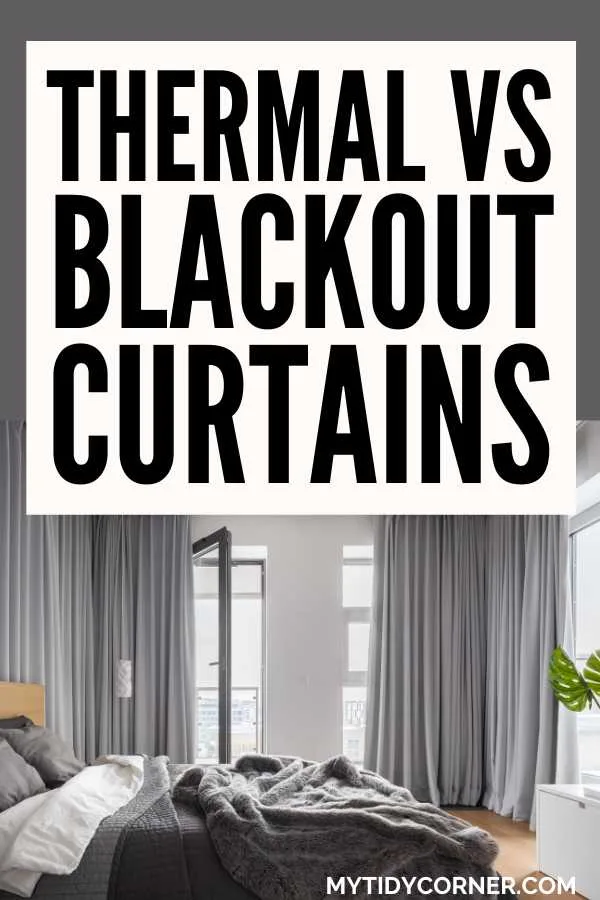Thermal vs Blackout Curtains – Which is Better?
Find out the difference between thermal and blackout curtains to help you decide which one meets your needs.
My sister’s home remodeling process has reached the bedrooms, and we are really excited! While browsing for curtains, I kept coming across references to thermal and blackout curtains.
I’ve heard of them but couldn’t decide whether to invest in them. Do I buy either for my sister’s home, or do you need both? What makes thermal and blackout curtains different?
The key difference between thermal and blackout curtains is in their main function. Thermal curtains provide insulation by preventing heat loss. Blackout curtains block light entering a room, whether from the sun or streetlights. Combination thermal-blackout curtains are available.
While the living or dining room curtains may be functional rather than aesthetic, bedroom curtains must be practical.
Darker rooms with a constant, pleasant temperature improve your sleep, so choosing the appropriate window treatment is vital. Let’s look at thermal and blackout curtains’ differences and their advantages.

Related Articles:
- What is the Difference Between Curtains and Drapes?
- Which is Better – Curtains or Blinds?
- What is the Difference Between Lined and Unlined Curtains?
What is the Difference Between Thermal and Blackout Curtains?
If you’re considering buying blackout or thermal curtains, you must be clued up before spending your hard-earned cash. What are these two types of curtains, and how do they work?
What are Thermal Curtains?
Thermal curtains provide insulation and temperature control in a room. While windows give us access to light and fresh air, they are also made of glass, a poor insulator. Heat is easily lost through windows, making heating systems work extra hard and increasing our use of energy.
What are Thermal Curtains Made of?
These curtains are made of double or triple layers of cotton, wool, or polyester, including a thick acrylic batting layer. Warm air gets trapped between the layers, preventing it from escaping through the window and cold air from entering the room.
Many thermal curtains come with a backing made of aluminum to prevent UV damage or polyester film to reflect summer heat back outside through the windows. Thermal curtains are thus dual-function, keeping your home warm in winter and cool in summer.
NICETOWN Thermal Insulated Grommet Curtains
What are Blackout Curtains?
Blackout curtains are specially designed to block unwanted light streaming through a window. While regular heavy curtains made of velvet or wool can block a lot of light, properly fitted blackout curtains will keep out 100% of light.
Most people use them to keep their bedrooms dark, whether the sun sets late or you’ve got streetlights and cars shining in. However, they’re also handy for home movie or gaming rooms to prevent glare on your screens.
What are Blackout Curtains Made of?
Blackout curtains may consist of a synthetic blackout liner added to regular, decorative fabric or specially produced blackout fabric. The liner or fabric is made of tightly woven, often triple-weave, layers of black material.
NICETOWN 100% Blackout Window Curtain Panels
Which Is Better? Blackout Curtains Vs. Thermal Curtains
Blackout and thermal curtains both have their place in the world of functional window treatments. Which you select will depend on your family’s needs, including considerations of light, temperature control, sound, energy efficiency, maintenance, and aesthetics.
Light Blocking
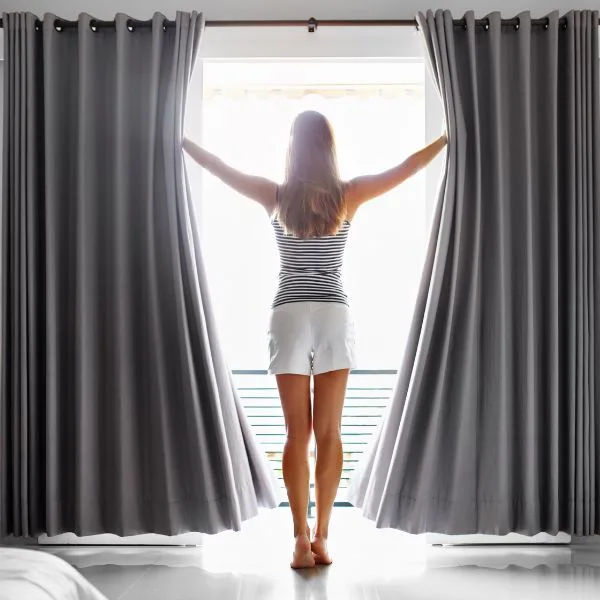
If you prioritize keeping a room dark, blackout curtains are ideal. It can be difficult to sleep with light shining into a bedroom – especially if you work shifts – and blackout curtains can block the light completely.
Hanging blackout curtains does mean that whenever the curtains are drawn, the room will be intensely dark without any natural light.
Because they are so thick and heavily woven, thermal curtains also block light. They are a good option to reduce glare or darken a room for a baby to nap during the day.
Temperature Control, Insulation, and Energy Efficiency
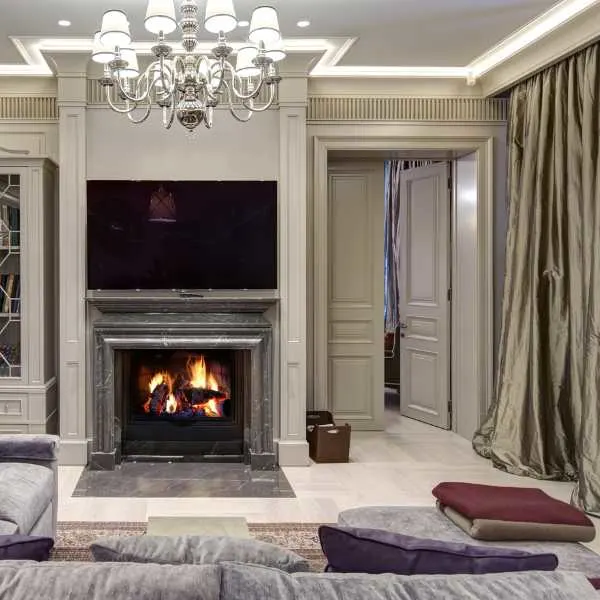
For those prioritizing temperature control and insulation, thermal curtains are the best option. They are effective both in winter (keeping heat in) and summer (keeping heat out), as the curtain traps the air between the window and the lining.
Thermal curtains are, therefore, ideal for improving the comfort of your home.
An added advantage of thermal curtains is that they increase your energy efficiency, meaning your heating and cooling systems don’t have to work as hard, and you use less fuel and/or electricity. They can even lower your utility bills.
Because blackout curtains are also tightly woven, they provide some measure of insulation and temperature control, but not as effectively as thermal curtains.
Sound Proofing
Both types of curtains reduce noise exposure, with their tightly woven fabrics muffling sound.
However, if noise pollution is an issue, choose curtains that feature noise-reducing or sound-proofing technology: this is available for both blackout and thermal curtains.
Price
Both are more expensive than regular curtains. However, thermal curtains are a little more costly because of the multiple layers and the technology. On the other hand, thermal curtains will save you on energy bills in the long run.
Maintenance
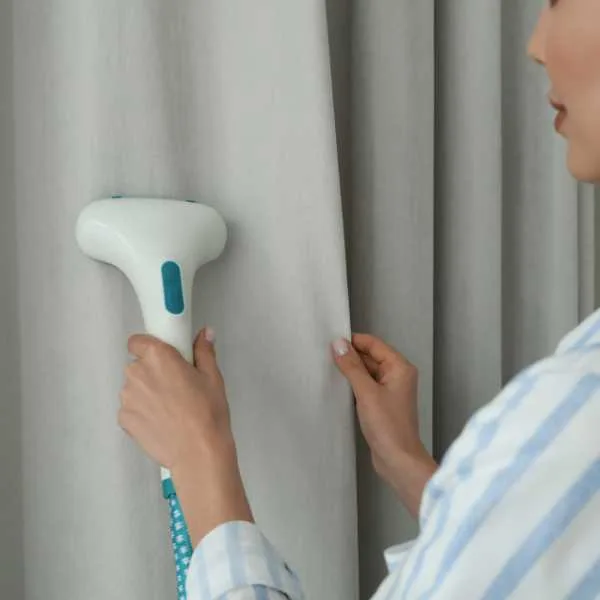
Experts recommend washing your curtains at least once or twice a year. Taking down and hanging up drapes is a drag; having them professionally cleaned is pricey.
Check the care label for the manufacturer’s instructions regarding cleaning. Because blackout and thermal curtains have a special coating, they usually need to be dry-cleaned or hand-washed in cool water with mild detergent. Avoid using bleach or a hot iron.
Keep your curtains clean between washes by spot-cleaning marks and vacuuming with the upholstery brush attachment. Ensure you open and air the curtains adequately to prevent a build-up moisture from condensation.
Take particular care of curtains in bathrooms. Check that the blackout or thermal fabric is water-resistant or treated to withstand humidity. Otherwise, mold may develop.
Aesthetic Appeal
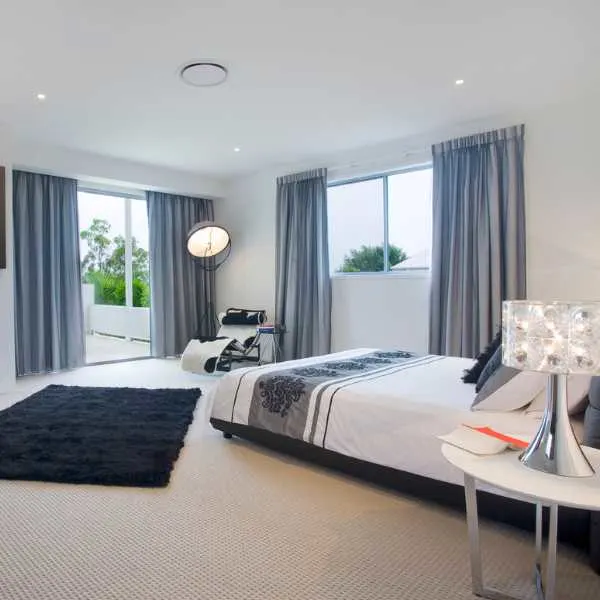
You may remember first-generation blackout and thermal curtains as unappealing and limited in design and color. You can now find these curtains in most styles, colors, and fabrics, with a lining or coating on the back.
Thermal curtains tend to be heavier, so these are a better choice if you like an opulent, full-volume look. However, the lining tends to always be cream or white, which limits your options.
Final Thoughts on the Difference Between Blackout and Thermal Curtains
Thermal and blackout curtains are designed to improve the functionality of regular window treatments. Thermal curtains are multilayered insulators with a UV-resistant coating. In contrast, blackout curtains are tightly woven with multiple strands to block light.
Choosing between the two depends on if your aim is darkness or temperature control. If you want both, look for thermal curtains with a blackout liner.
Now that you know the difference between thermal and blackout curtains, the ball is in your court to choose the one that meets your needs.
